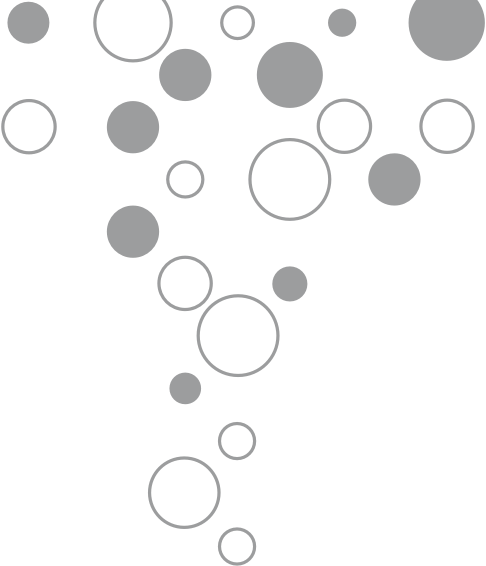Material origins
individualism, while focusing on people, society and the environment
Endless. Cunera.
Cunera’s key focus is sustainability. We focus on the use of raw materials that are in balance with their environment, wherever they originate from. Individualism, while focusing on people, society and the environment. Cunera broadloom carpets, rugs, (stair) runners, tiles and mats: each one, sustainable and made from natural materials.
origin of the materials
All coconut and sisal products are woven on both authentic and modern looms. The raw materials are also important for a good quality product. Natural products have their own specific characteristics, so you can expect nuances in colour and unique irregularities, which are all part of the natural charm.
Origin of sisal
Sisal is extracted from the leaves of the agave family. The leaves of the Agave plants are cut off when they reach a length of about 110-150 cm. The vein of the leaf becomes the later fiber.
Origin of wool
Wool grows as a thick coat around the sheep. Once a year, this fleece is sheared off. After shearing, there is a process of cleaning, spinning, twisting and twining into yarn to be used in the production of carpets and rugs.
Origin of coconut
Off the coast of South-East India, particularly the Malabar coast, grow the coconut palms from which Cunera uses its fibers. Thanks to years of contact with Indian suppliers, Cunera can and does guarantee the best quality coconut carpet.
Origin of bamboo
Bamboo is a fast-growing grass species. More than 1,500 species exist worldwide. The “giant bamboo” grows in (sub)tropical areas and reaches 15 to 30 meters in height, with a trunk circumference of 35 cm or more and can grow 30 to 50 cm per day!
Origin of seagrass
Sea grass carpet actually derives its name from its raw material. Sea grass is a long grass that grows on the brackish ground along the sea coasts in China. When this grass has reached the right length it is harvested.


